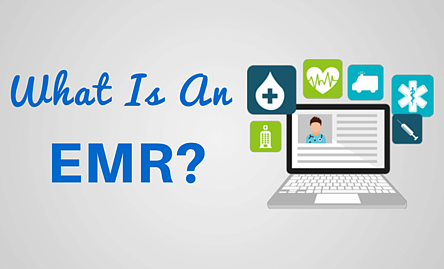What is EMR and its uses?
Electronic Medical Record is referred to as EMR. It is an electronic copy of a patient's paper chart that includes details on the patient's health history, diagnosis, prescriptions, plans of care, dates of immunizations, allergies, radiological pictures, and outcomes of laboratory tests.

The primary uses of Electronic Medical Records (EMRs) include:
1. Centralized Patient Information:
EMRs provide a centralized and easily accessible repository for a patient's medical information. This allows healthcare professionals to quickly review and update patient records, promoting more informed and coordinated care.2. Improved Accessibility:
Electronic Medical Records enhance accessibility to patient data. Authorized healthcare providers can access the patient's records from different locations, facilitating more efficient and timely care.
3. Efficient Workflow:
EMRs streamline administrative tasks such as appointment scheduling, billing, and coding. This improves overall workflow efficiency in healthcare settings, reducing paperwork and administrative burdens.
4. Enhanced Patient Care:
Having a comprehensive and up-to-date electronic record helps healthcare providers make more informed decisions about patient care. They can quickly reference historical data, track changes in health over time, and coordinate care with other providers.
5. Interoperability:
EMRs can facilitate interoperability by allowing the sharing of patient information across different healthcare systems and providers. This is crucial for coordinated care, especially when patients see multiple healthcare professionals or visit different healthcare facilities.
6. Decision Support:
EMRs often include decision support tools that can help healthcare providers with clinical decision-making. These tools may provide alerts for potential drug interactions, reminders for preventive care, and other decision-support functionalities.
7. Data Accuracy and Legibility:
Electronic records can reduce errors associated with illegible handwriting and provide mechanisms for ensuring data accuracy. This contributes to patient safety and helps in maintaining a high standard of healthcare quality.
8. Remote Access:
With secure access controls, healthcare professionals can retrieve patient information remotely. This feature is particularly useful for telemedicine and in situations where immediate access to patient data is essential.
EMRs play a vital role in modern healthcare systems, promoting efficiency, accuracy, and improved patient outcomes. They contribute to the ongoing efforts to digitize and optimize healthcare processes, ultimately enhancing the quality of patient care.